Elephant ear plants are admired for their large, striking foliage that can add a tropical feel to any garden or indoor space. However, sometimes these plants may exhibit a common issue known as elephant ear drooping.
This refers to the tendency of the plant’s leaves to wilt and droop, making the plant look unhealthy. To determine the cause, observing the plant’s environment and adjusting watering and fertilization accordingly is essential.
Elephant ear can also signify a more significant problem, such as a fungal or bacterial infection, so taking action promptly is important. By taking good care of your elephant ear plant, you can help prevent drooping and enjoy its beautiful foliage for years. Read on.
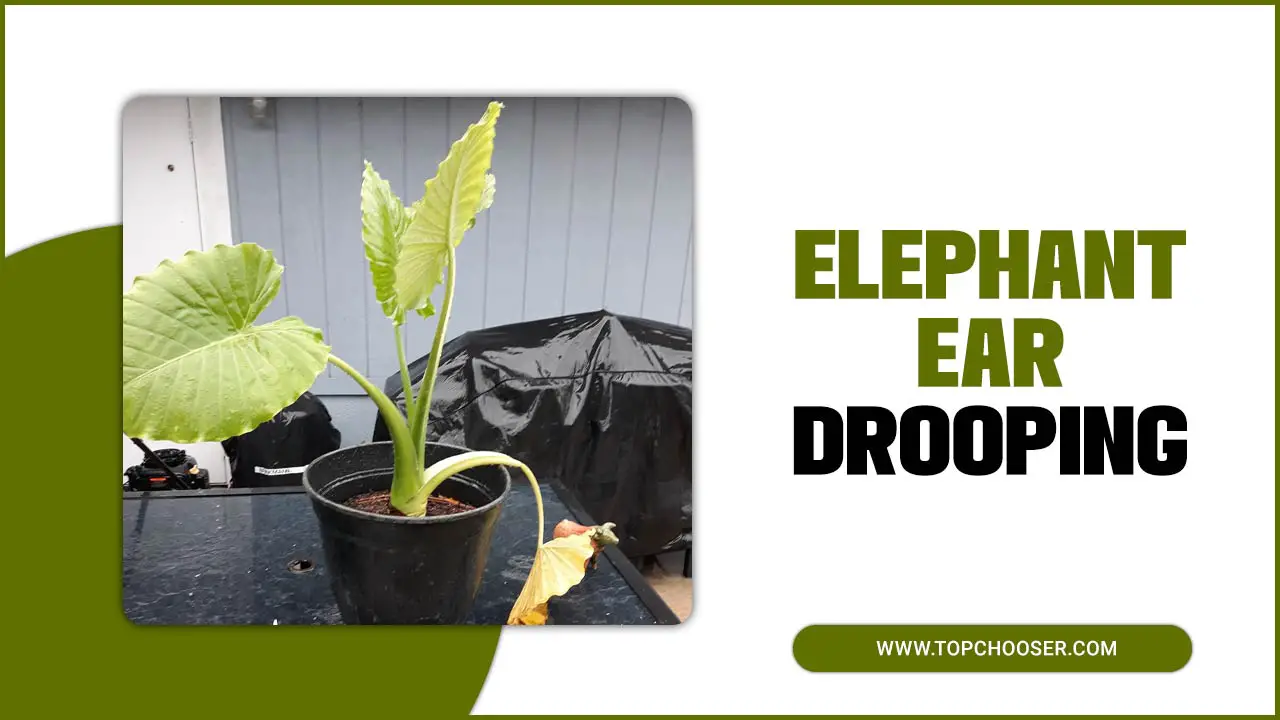
Why Is My Elephant Ear Drooping? 7 Causes & Solutions
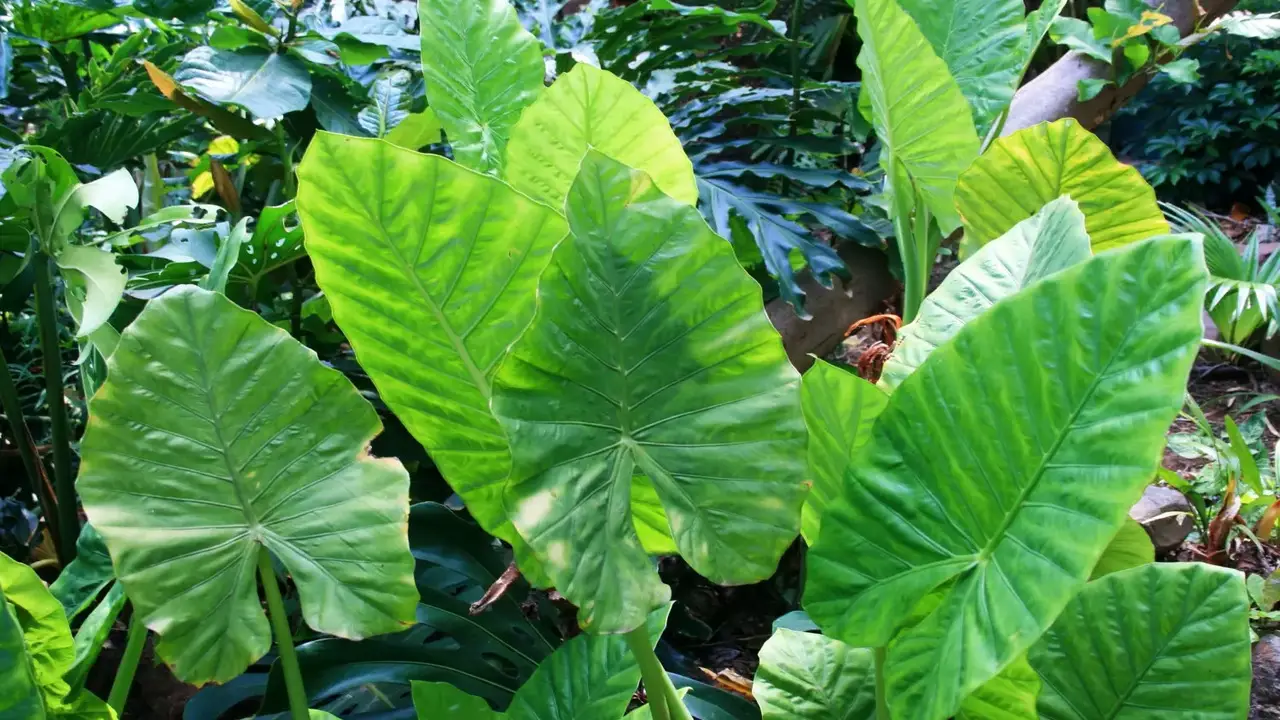
An elephant ear plant is a tropical plant that has large and showy leaves that resemble the ears of an elephant. It can be grown indoors or outdoors, adding much beauty and interest to your space. However, sometimes you may notice your elephant ear plant drooping, making it look sad and unhealthy. Here are some causes of elephant ear drooping.
Getting Too Heavy
One of the reasons your elephant ear plant is drooping is that it is getting too heavy for its stems. As your elephant ear plant grows, its leaves can become very large and heavy, especially if they are well-watered and fertilized. The weight of the leaves can cause the stems to bend or break, resulting in drooping. This is more common in older plants or plants that have not been pruned regularly.
Solution
The solution to this problem is to support your elephant ear plant. You can use stakes, trellises, cages, or wires to hold up the stems and leaves of your elephant ear plant. You can also prune off some excess leaves to reduce the weight and improve the air circulation around your plant.
Watering Issues
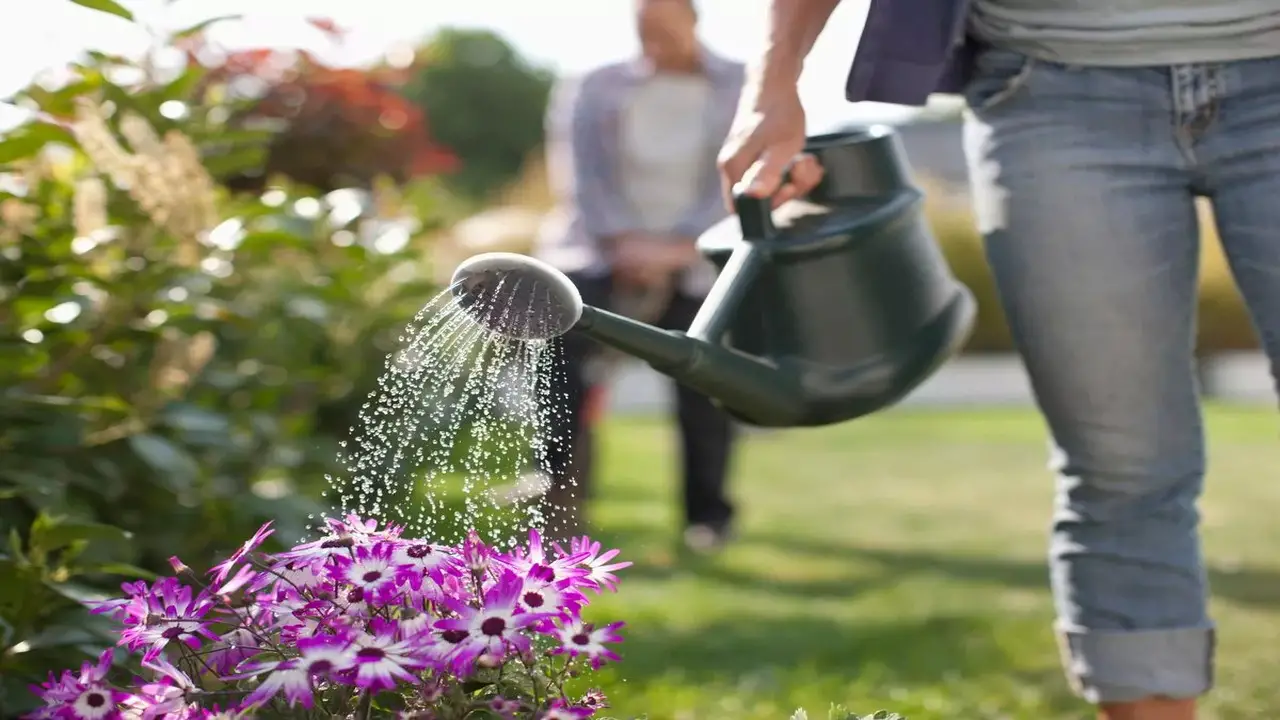
Another common reason why your elephant ear plant is drooping is that it has water issues, either too much or too little. Elephant ear plants need much water to thrive, as they are native to humid and moist environments. They prefer to have their soil consistently moist but not soggy or waterlogged.
If you underwater your elephant ear plant, it will become dehydrated and wilted, as it will not be able to absorb enough water from the soil. If you overwater your elephant ear plant, it will become waterlogged and suffocated, as it cannot breathe or get enough oxygen from the soil.
Solution
The solution to this problem is to water your elephant ear plant properly and regularly. You should check the soil moisture before watering, and only water when the top inch of the soil feels dry to the touch. Also, you should water deeply and thoroughly until water drains out of the bottom of the pot or container.
You should also ensure that your pot or container has drainage holes and empty the saucer or tray after watering. You should avoid watering in the evening or when the temperature is low, as this can increase the risk of fungal diseases.
Soil Issues
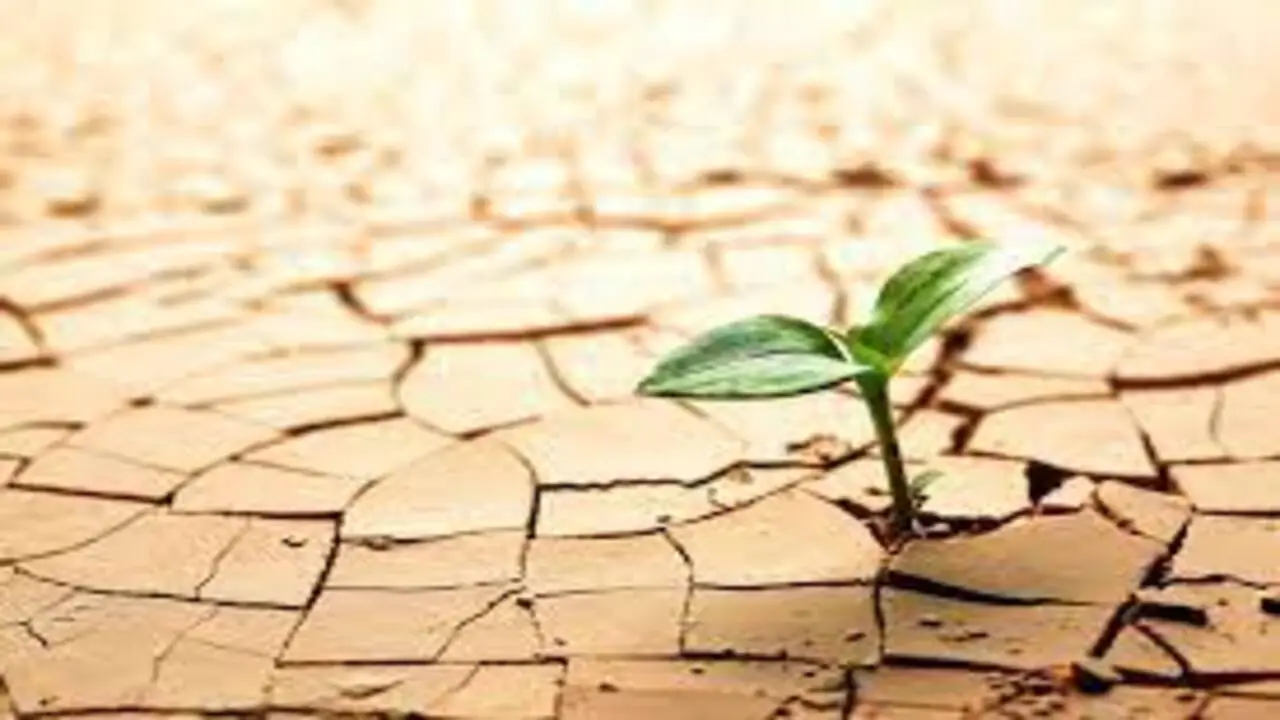
Another possible reason your elephant ear plant is drooping is its soil issues, such as poor quality, compaction, or pH imbalance. Elephant ear plants need rich, well-drained, and slightly acidic soil to grow well. They do not like soil that is too sandy, clayey, alkaline, or salty.
If your soil is poor quality, it will not provide enough nutrients or water for your elephant ear plant. If your soil is compacted, it will not allow enough air or water to reach the roots of your elephant ear plant. Important your soil pH is too high or too low will affect nutrient availability for your elephant ear plant.
Solution
The solution to this problem is to improve your elephant ear plant’s soil quality and condition. Add organic matter, such as compost, peat moss, or manure, to enrich and loosen your soil. You can also use a soil aerator or a fork to break up any clumps or crusts in your soil. You can also test your soil pH using a kit or a meter and adjust it accordingly using lime or sulfur.
Improper Lighting
Another reason why your elephant ear plant is drooping is that it has improper lighting, either too much or too little. Elephant ear plants need bright but indirect light to grow well. They dislike direct sunlight, which can scorch or burn their leaves. They also dislike low light, which can reduce their growth and vigour.
Solution
The solution to this problem is to provide proper lighting for your elephant ear plant. You should place your elephant ear plant in a spot that receives bright but indirect light, such as near a window with a sheer curtain or a skylight. You should avoid placing your elephant ear plant in direct sunlight, especially during the day’s hottest hours. Also, avoid placing your elephant ear plant in a dark or shady spot, such as a corner or a closet.
Cold Temperatures
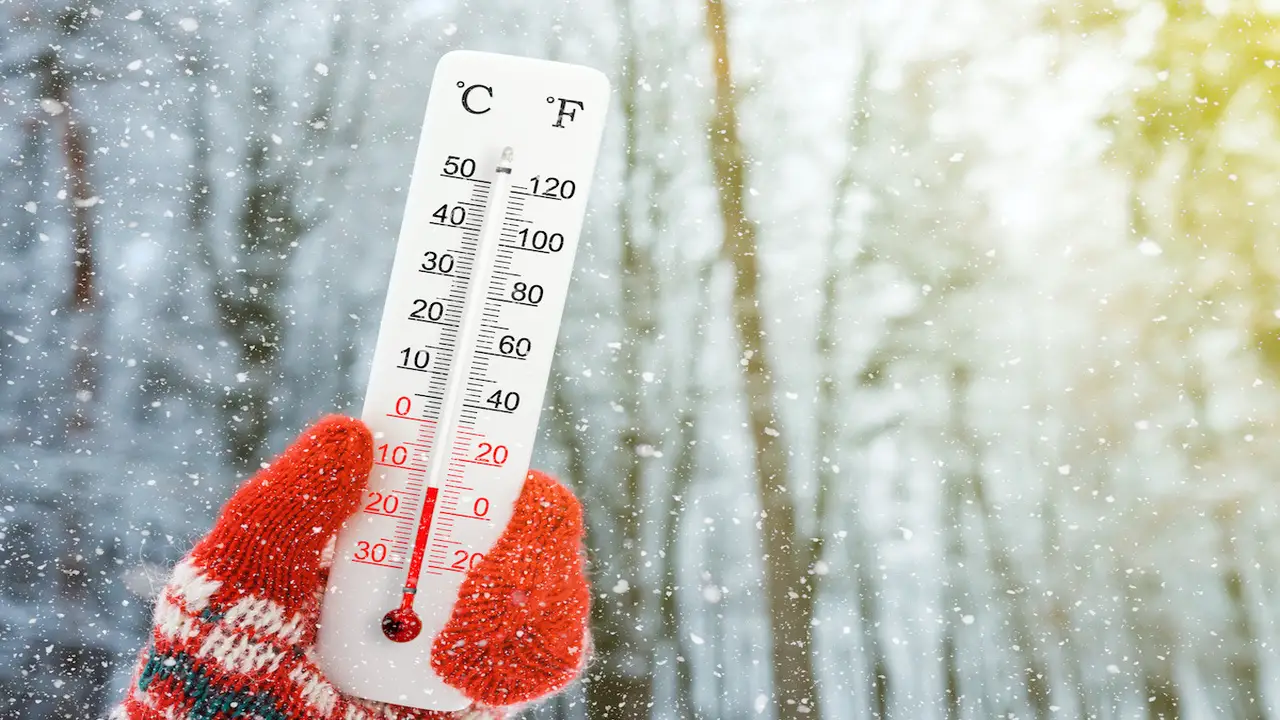
Another cause of elephant ear plant drooping is cold temperatures. Elephant ear plants are tropical plants that thrive in warm and humid conditions. They do not tolerate cold or frost, as this can damage their cells and tissues. If your elephant ear plant is exposed to cold temperatures, it will react by drooping its leaves to conserve heat and energy. This can also make your elephant ear plant more susceptible to diseases and pests.
Solution
The solution to this problem is to protect your elephant ear plant from cold temperatures. You should bring your elephant ear plant indoors if the temperature drops below 50°F (10°C) or if there is a risk of frost.
Also, you should keep your elephant ear plant away from cold drafts, such as air conditioners, fans, or windows. You should also increase the humidity around your elephant ear plant by misting it regularly or using a humidifier.
Transplant Shock
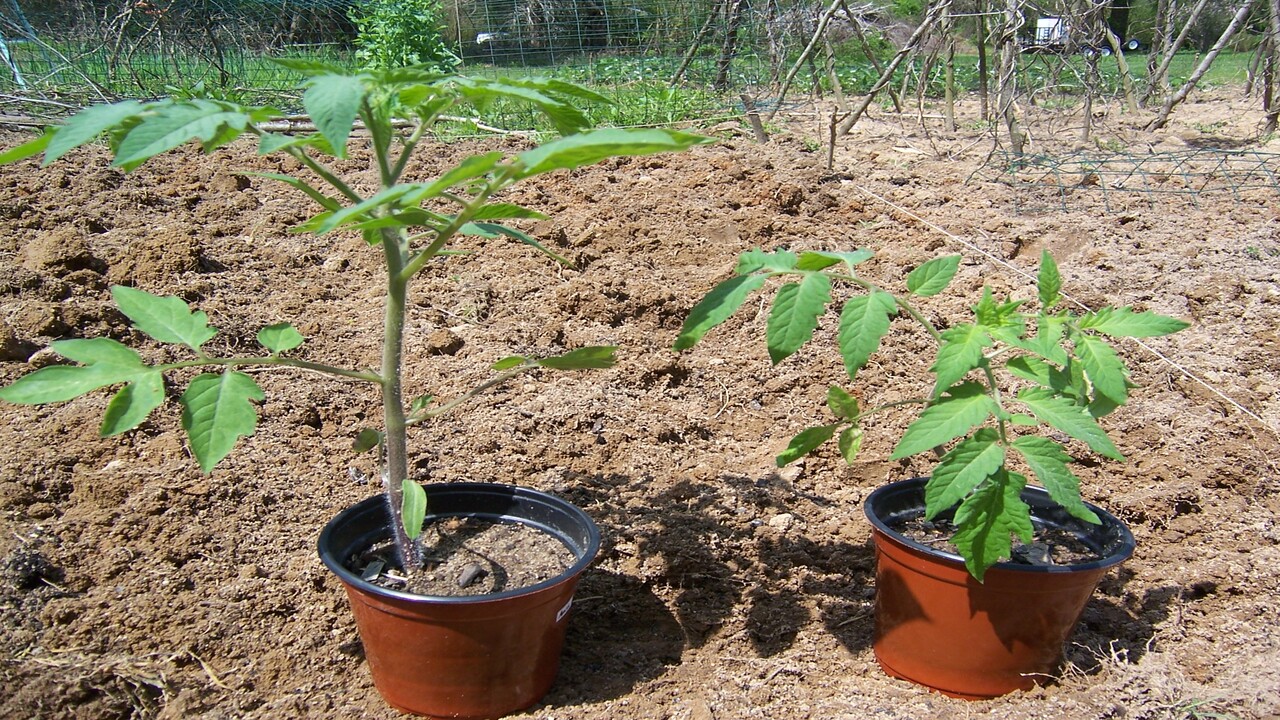
Another factor that can cause elephant ear plant drooping is transplant shock. This happens when you move your elephant ear plant from one pot to another or from one location to another. The roots are disturbed, and the plant needs time to adjust to its new environment. As a result, the leaves will start to droop.
Solution
The solution to this problem is to minimize the stress and shock for your elephant ear plant during and after transplanting. You should choose a pot or container slightly larger than the previous one with drainage holes. If you should use fresh and well-drained soil similar to the original one.
You should water your elephant ear plant well before and after transplanting. Also, you should place your elephant ear plant in a spot with lighting and temperature conditions similar to the previous one.
Natural Aging Process
The last reason why your elephant ear plant is drooping is that it is going through its natural ageing process. Elephant ear plants have a lifespan of about 3 to 5 years, depending on the variety and the care they receive. Their leaves will naturally droop, yellow, brown, or fall off as they age. This is normal and inevitable, and you cannot do much to prevent it.
Solution
The solution to this problem is to accept and appreciate your elephant ear plant for what it is. You can still enjoy its beauty and benefits by providing proper care and maintenance for as long as possible. You can also propagate new plants from your old ones by using cuttings, divisions, or seeds.
Conclusion
Elephant ear drooping is a common issue among plant enthusiasts. Various factors, such as overwatering, underwatering, and insufficient light, can cause it. It is important to identify the root cause of the issue before taking any corrective action.
While there are several suggested steps to remedy the problem, it is important to note that prevention is always better than cure. Regularly monitoring the plant’s soil moisture, providing sufficient light, and ensuring proper drainage can help prevent elephant ears.
Additionally, being aware of the plant’s natural growth pattern and adjusting its environment can prevent drooping. Plant enthusiasts can enjoy healthy and thriving elephant ear plants by taking these preventative measures.
FAQs
[rank_math_rich_snippet id=”s-7ce4df04-ef8a-4927-8260-591b9a257664″]

I am passionate about home engineering. I specialize in designing, installing, and maintaining heating, ventilation, and air conditioning systems. My goal is to help people stay comfortable in their homes all year long.
